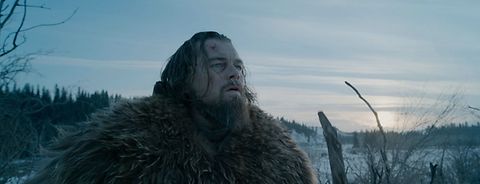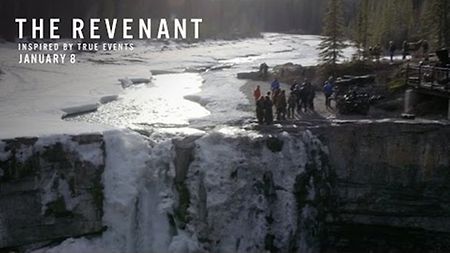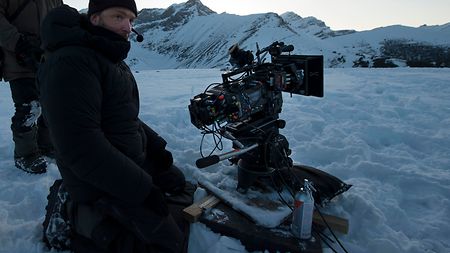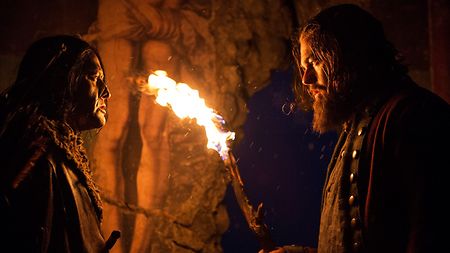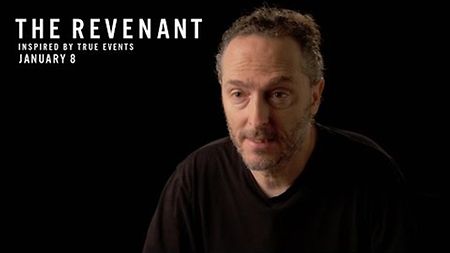Director Alejandro Iñárritu's multi-award-winning film "The Revenant" is an immersive cinematic depiction of a journey into the uncharted American wilderness of the early 1800s, based on true events. After being attacked and badly wounded by a grizzly bear, fur-trapper Hugh Glass (Leonardo DiCaprio) is left for dead by members of his own hunting party. In a desperate quest to survive, Glass endures unimaginable hardship to find those who abandoned him. Cinematographer Emmanuel 'Chivo' Lubezki ASC, AMC worked with ALEXA XT, ALEXA M, and Master Primes, as well as ALEXA 65 large-format cameras and Prime 65 lenses for selected sequences.
Shot in remote parts of Canada and Argentina over many long months, "The Revenant" captures the stunning beauty of the vast landscapes, as well as the emotional intensity and sometimes horrific violence of the events. The film crew struggled with grueling conditions: freezing temperatures, snow and icy rivers, and the darkness and short days of a northern Canadian winter.
Although they had initially wanted to shoot mostly on film, Iñárritu and Lubezki decided to entirely forego film acquisition and use only digital cameras after conducting tests on location with the actors. "To our surprise...we were much more happy with the digital cameras," Lubezki told "Indiewire." "They were allowing us to shoot with very low light levels and make the movie more immersive, which was our main goal. So during prep we sent all the film back. That's an easy thing to simply say, but for a middle-aged filmmaker who's been using film for many decades, it was kind of a shock to suddenly say, 'You know? Digital is better for our movie.'"
